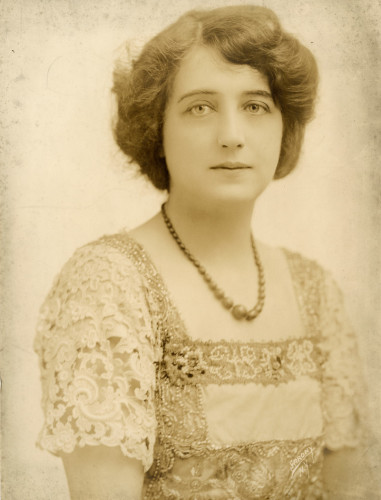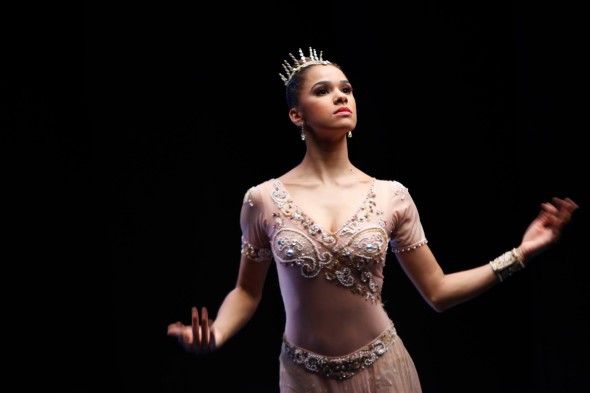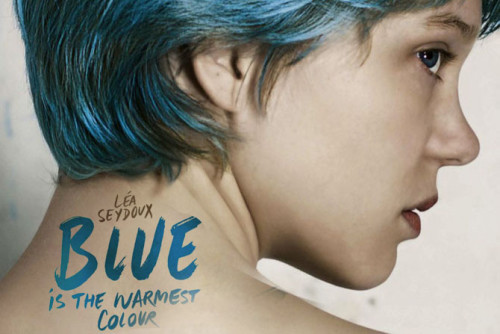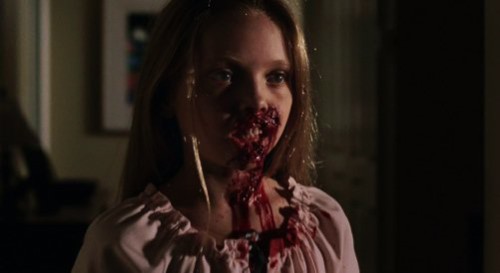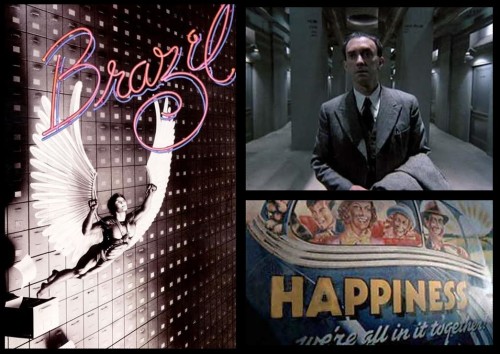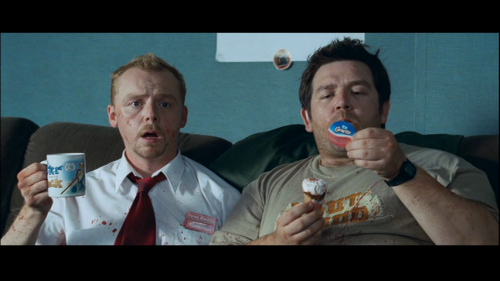From Racist Stereotype to Fully Whitewashed: Tiger Lily Since 1904
Whatever the other problems might be with this film (and they are many), my focus for this review is the character Tiger Lily, who was originally conceived as a racist stereotype by J.M. Barrie and who has had her Native identity completely erased in this latest iteration. Is this progress? I think not.
